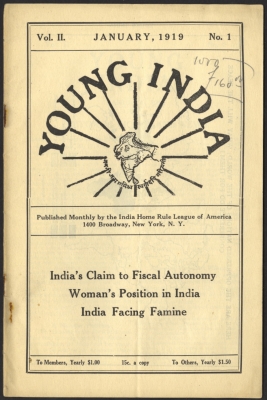
The Chauri Chaura incident is a black mark in the pages of Indian history. This happened on 5th February 1922. On this day, a large group of peaceful protesters participating in a procession had an encounter with the police, who opened fire.
Combat broke out between the police and the mob. Then, the demonstrators set fire to a police station in Chauri Chaura, killing all of its occupants. This incident led to the deaths of three civilians and 22 policemen. Gandhiji was dis-heartened by this incident and halted the non-cooperation movement on the national level.
On the other hand, British declared a martial law in response to the incident. Numerous raids were conducted and hundreds of people were arrested. Gandhi went on a fast for five days after this incident. Thus, Chauri Chaura became a backlash for the Indian way of peaceful resistance.






